
Chinese researchers have used solid-state spin quantum sensors to investigate new velocity-related interactions between electron spins, providing valuable data and new insights into fundamental physics. Credit: SciTechDaily.com
Researchers have used quantum sensors to explore new particle interactions at microscale distances, presenting groundbreaking findings that expand the scope of the Standard Model in physics.
A research team led by Academician Du Jiangfeng and Professor Rong Xing from the University of Science and Technology of China (USTC), part of the Chinese Academy of Sciences (CAS), in collaboration with Professor Jiao Man from Zhejiang University, has used solid-state spin quantum sensors to examine exotic spin-spin-velocity-dependent interactions (SSIVDs) at short force ranges. Their study reports new experimental findings concerning interactions between electron spins and has been published in Physical Review Letters.
The Standard Model is a very successful theoretical framework in particle physics, describing fundamental particles and four basic interactions. However, the Standard Model still cannot explain some important observational facts in current cosmology, such as dark matter and dark energy.
Some theories suggest that new particles can act as propagators, transmitting new interactions between Standard Model particles. At present, there is a lack of experimental research on new interactions related to velocity between spins, especially in the relatively small range of force distance, where experimental verification is almost non-existent.
Experimental Setup and Methodology
The researchers designed an experimental setup equipped with two diamonds. A high-quality nitrogen-vacancy (NV) ensemble was prepared on the surface of each diamond using chemical vapor deposition. The electron spin in one NV ensemble serves as a spin sensor, while the other acts as a spin source.
The researchers searched for new interaction effects between the velocity-dependent spin of electrons on a micrometer scale by coherently manipulating the spin quantum states and relative velocities of two diamond NV ensembles. First, they used a spin sensor to characterize the magnetic dipole interaction with the spin source as a reference. Then, by modulating the vibration of the spin source and performing lock-in detection and phase orthogonal analysis, they measured the SSIVDs.
For two new interactions, the researchers conducted the first experimental detection in the force range of less than 1 cm and less than 1 km respectively, obtaining valuable experimental data.
As the editor remarked, “the results bring new insights to the quantum sensing community to explore fundamental interactions exploiting the compact, flexible, and sensitive features of solid-state spins.”
Reference: “New Constraints on Exotic Spin-Spin-Velocity-Dependent Interactions with Solid-State Quantum Sensors” by Yue Huang, Hang Liang, Man Jiao, Pei Yu, Xiangyu Ye, Yijin Xie, Yi-Fu Cai, Chang-Kui Duan, Ya Wang, Xing Rong and Jiangfeng Du, 30 April 2024, Physical Review Letters.
DOI: 10.1103/PhysRevLett.132.180801

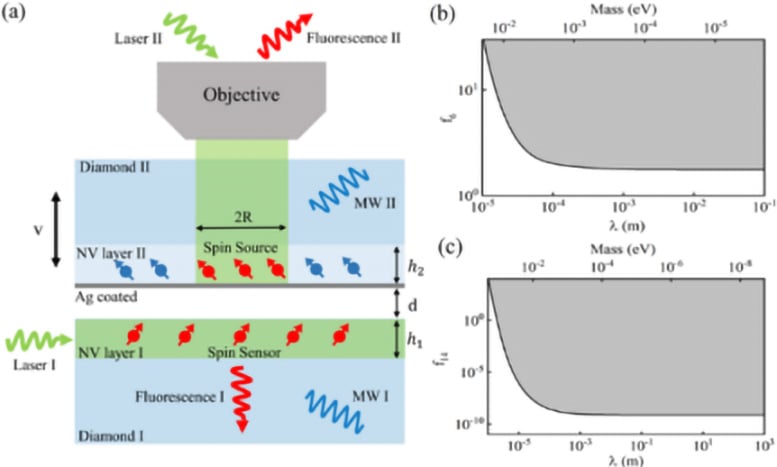
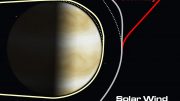
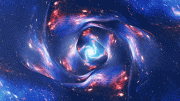

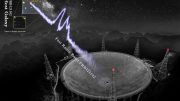
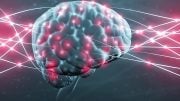
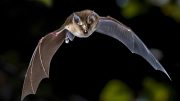
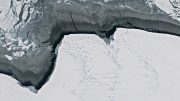
Beyond the Standard Model: New Spin-Spin-Velocity Experiments Could Rewrite Physics Textbooks. Ask the researcher:Do you have the courage and ability to do so?
Please ask researchers to think deeply:
1. Do you understand the natural essence of quantum?
2. Where does the force of electron spin come from?
If researchers are really interested in science and physics, you can browse https://zhuanlan.zhihu.com/p/693933588 and https://zhuanlan.zhihu.com/p/595280873.
A minimal error or deviation may result in wide divergence. Scientific research guided by correct theories can help humanity avoid detours and failures.
The Physical Review Letters firmly believes that two sets of high-dimensional spacetime objects (such as two sets of cobalt-60) can rotate in reverse and form two objects that mirror each other. This blatant dirtiness and ugliness is unprecedented in the history of scientific and humanistic development in human society. Publishing articles in such a publication is not worth showing off, it should be more of a shame.
If you are really interested in science and physics, you can browse https://zhuanlan.zhihu.com/p/701032654.
“..force range of less than 1 cm and less than 1 km respectively…”? Even I know that can’t be right.
No, but it could have been expanded.
“For a T [Time]-violating interaction, 𝑉6, new limits on the corresponding coupling coefficient, 𝑓6, have been established for the force range shorter than 1 cm. For a P,T [Parity,Time]-violating interaction, 𝑉14, new constraints on the corresponding coupling coefficient, 𝑓14, have been obtained for the force range shorter than 1 km.” [terms inserted] –Abstract.